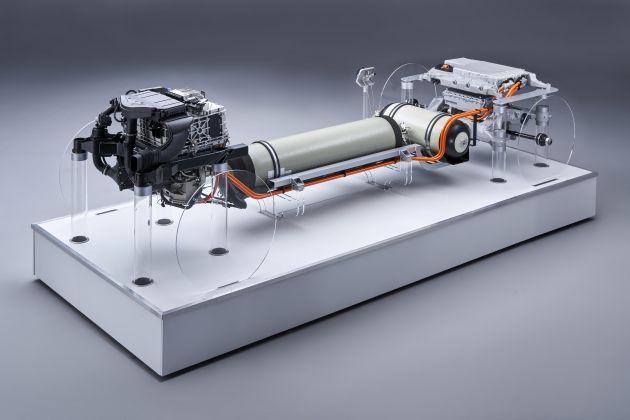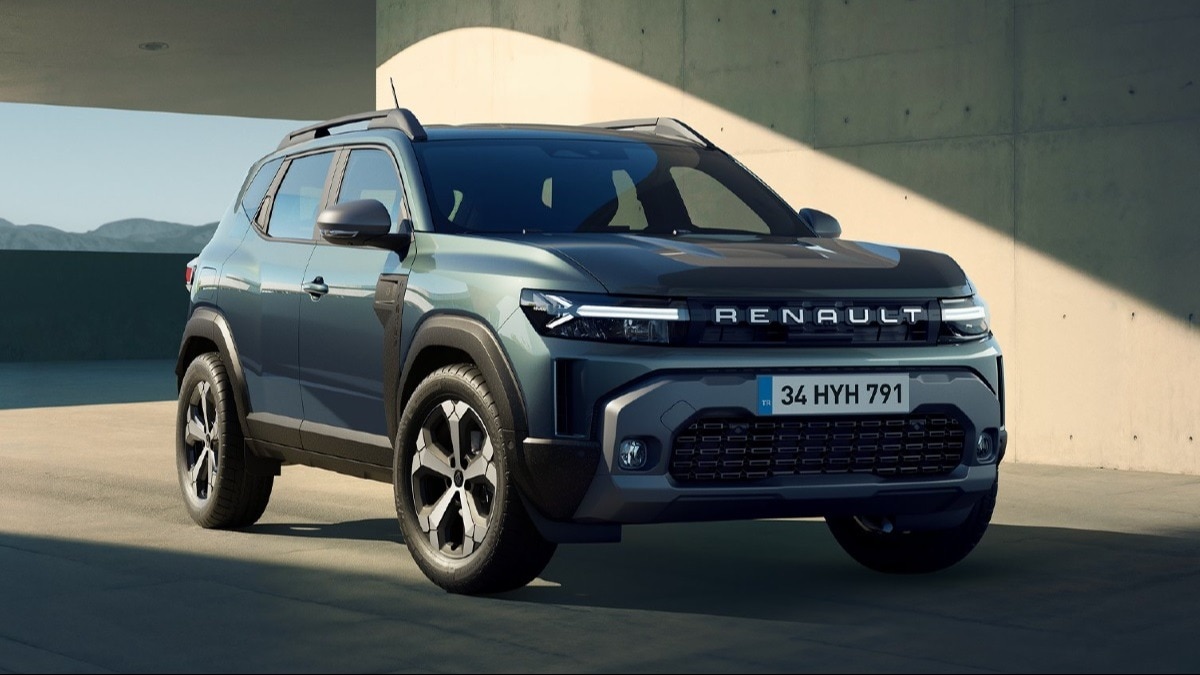BMW i Hydrogen NEXT fuel cell details revealed – developed with Toyota, 374 PS, production in 2022
With the Toyota GR Supra still grabbing headlines all over the world, it’s easy to forget that BMW and Toyota have other lesser-known collaborations that go beyond sports cars. One of those projects is the shared development of hydrogen fuel cell technology, and Munich has released the first proper details of its powertrain, which was previewed in the i Hydrogen NEXT show car last year.
The fuel cell itself, which is where hydrogen combines with oxygen from the air to produce electricity (powering the car) and water (the car’s only emissions), is located in front of the car where an internal combustion engine would normally be. It produces a maximum of 125 kW (170 PS) of energy, all of which is sent through to the motor at the back via an electric converter underneath the fuel cell.
That may not sound like much for what is essentially a hydrogen-powered X5, but the car is also fitted with a peak power battery (which draws its power both from the fuel cell and kinetic energy recuperation) that adds more electricity when you need it, giving you a total system output of 275 kW (374 PS). The motor and single-speed transmission is part of the same fifth-generation electric vehicle architecture that will power upcoming BMW EVs such as the iX3, iNEXT and i4.


Providing the fuel to the, um, fuel cell is the pair of 700-bar tanks that together form a T shape under the car. Together, they hold up to six kilograms of hydrogen, and BMW says that the tanks can be filled in as little as three or four minutes, just like a fossil fuel-powered car. The company says that the i Hydrogen NEXT will be able to provide a long operating range in any weather condition, unlike a battery electric car.
It also admits that while the technology in the car is ready, the infrastructure to support it is lacking, and it believes hydrogen needs to be produced sustainably in sufficient quantities and at competitive prices to be successful. As such, while the i Hydrogen NEXT is set to go into production in 2022, it will only be on a small scale as a pilot project – not unlike that of the MINI E, which eventually resulted in a full production EV.
The company does see long-term potential for hydrogen power, especially in larger vehicles where, presumably, a longer range and ease of refuelling are much more important considerations. However, BMW only expects to mass produce a hydrogen-powered car somewhere within the second half of the decade, so it’s not exactly coming to showrooms any time soon.






























The post BMW i Hydrogen NEXT fuel cell details revealed – developed with Toyota, 374 PS, production in 2022 appeared first on Paul Tan's Automotive News.
from Paul Tan's Automotive News
Read The Rest:paultan...



Post a Comment